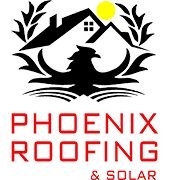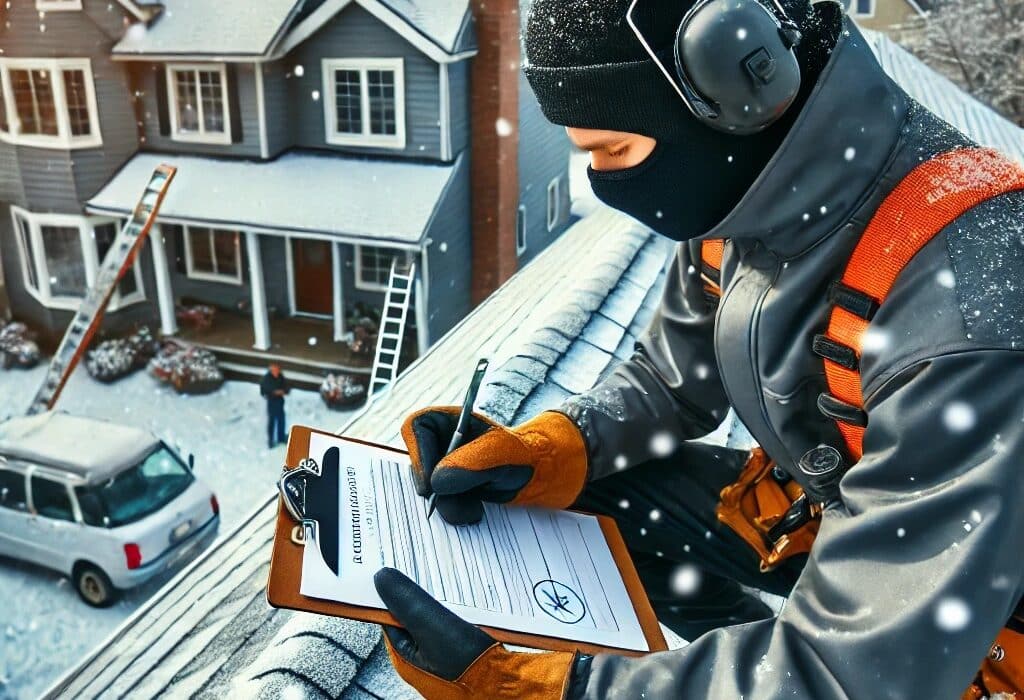- 0 Comment
Ohio Roofing Codes Homeowners Should Know
When it comes to replacing or repairing a roof, homeowners in Ohio need to be aware of the state’s building codes. These regulations ensure that roofs are installed correctly, safely, and in compliance with local standards. Understanding Ohio roofing codes can help homeowners avoid costly mistakes, ensure proper installation, and protect their home’s structural integrity.
At Phoenix Roofing and Solar, we specialize in roofing projects that meet and exceed Ohio roofing codes. Here’s what every homeowner should know before starting a roofing project.
1. Roof Layering Limits
One of the most important Ohio roofing codes addresses the number of roofing layers allowed on a home. According to the Ohio Administrative Code and the International Building Code (IBC), homeowners cannot have more than two layers of roofing material.
If your home already has two layers of shingles, a full tear-off is required before installing a new roof.
Adding a third layer can cause structural stress and void manufacturer warranties.
Removing old shingles allows roofers to inspect for hidden damage, such as rot or leaks.
If an insurance company suggests simply layering new shingles over old ones, homeowners should refer to Ohio roofing codes to ensure compliance.
2. Drip Edge Installation Requirements
Drip edges are essential for directing water away from the roof and preventing damage to the underlying structure. Ohio roofing codes require:
A minimum overhang of 1.5 inches from the roof deck.
Overlapping segments by at least 2 inches to prevent gaps.
Roofing nails placed no more than 12 inches apart for secure installation.
Proper placement of underlayment: over the drip edge at the eaves but underneath it at the rake edges.
Improper drip edge installation can lead to water intrusion and costly repairs.
3. Ice and Water Shield Requirements
Given Ohio’s harsh winters, Ohio roofing codes mandate the use of ice and water shields in certain areas to prevent leaks caused by ice dams.
At least two feet of ice and water shield must extend beyond the exterior wall line.
This protective layer should be installed along eaves, valleys, and around chimneys and vents.
In areas prone to heavy snowfall, additional coverage may be necessary.
Ice and water shields help protect homes from leaks and damage caused by melting snow and freezing rain.
4. Roof Ventilation Standards
Proper ventilation is crucial for preventing moisture buildup, improving energy efficiency, and extending the lifespan of a roof. Ohio roofing codes specify:
A minimum of 1 square foot of ventilation for every 150 square feet of attic space.
The option to reduce ventilation requirements to 1 square foot per 300 square feet if a vapor barrier is installed.
Proper placement of intake (soffit) and exhaust (ridge) vents to maintain airflow.
A well-ventilated attic prevents mold growth, ice dams, and excessive heat buildup, all of which can shorten the life of a roof.
5. Flashing and Chimney Regulations
Flashing prevents water from seeping into vulnerable areas of a roof, such as chimneys, skylights, and valleys. Ohio roofing codes require:
Step flashing along walls and chimneys to prevent leaks.
Properly sealed and fastened flashing to withstand wind and water exposure.
Installation of counter-flashing on chimneys to redirect water away from joints.
Neglecting flashing details can result in leaks and structural damage, making it essential to follow code requirements.
6. Gutter and Downspout Guidelines
Gutters and downspouts play a vital role in roof drainage. Ohio roofing codes require:
Proper slope to ensure efficient water flow.
Downspouts positioned to direct water away from the foundation.
Secure attachment of gutters to prevent sagging or detachment.
Maintaining gutters and ensuring they are installed according to code helps prevent water damage and basement flooding.
Why Homeowners Should Follow Ohio Roofing Codes
Compliance with Ohio roofing codes is essential for several reasons:
Structural Integrity: Following codes ensures roofs can withstand Ohio’s weather conditions.
Insurance Claims: Many insurance companies require code compliance for claims approval.
Resale Value: A properly installed roof increases property value and makes homes more attractive to buyers.
Warranty Protection: Most roofing manufacturers require installation that follows state codes for warranties to remain valid.
At Phoenix Roofing and Solar, we ensure every project meets or exceeds Ohio roofing codes so homeowners can have peace of mind.
Get a Code-Compliant Roof with Phoenix Roofing and Solar
Navigating Ohio roofing codes can be overwhelming, but working with an experienced roofing contractor makes it easy. At Phoenix Roofing and Solar, we stay up-to-date on the latest building codes to provide homeowners with reliable, high-quality roofing solutions.
If you’re planning a roof replacement or repair, contact us today for expert guidance and a roof that meets all Ohio roofing codes.

